Nikon Nikkor Z 70-200 mm f/2.8 VR S
5. Chromatic and spherical aberration
Chromatic aberration
A lot of ED glass elements plus one fluorite element perform as they should - the tested lens doesn't have any problems with correction of longitudinal chromatic aberration at practically any focal length. The situation is illustrated by photos below.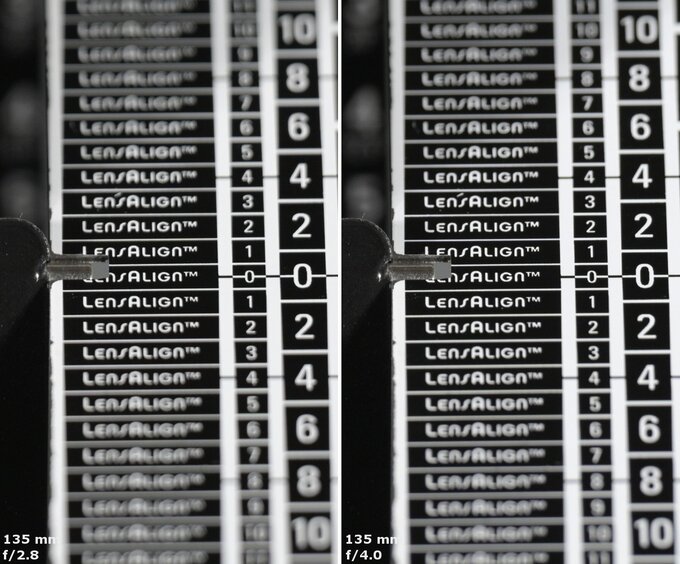 |
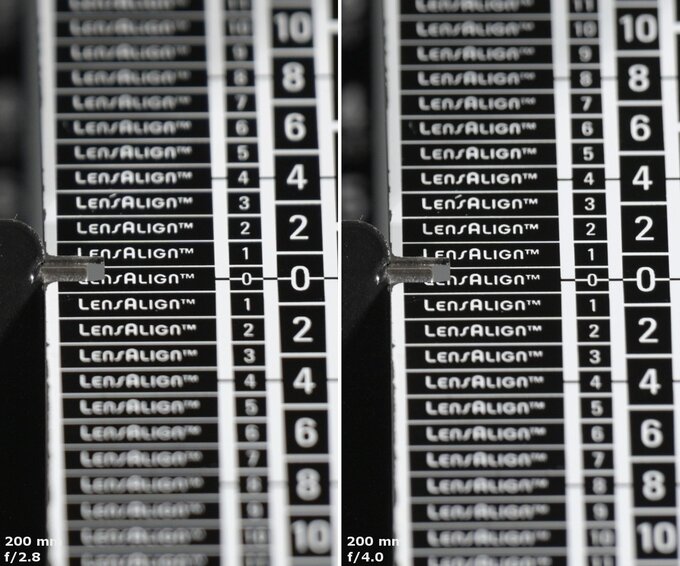 |
In case of lateral chromatic aberration the performance depends strongly on the employed focal length. Let's glance at graphs below, the first showing the performance on the edge of the APS-C/DX sensor, and the second the performance on full frame.
Please Support UsIf you enjoy our reviews and articles, and you want us to continue our work please, support our website by donating through PayPal. The funds are going to be used for paying our editorial team, renting servers, and equipping our testing studio; only that way we will be able to continue providing you interesting content for free. |
- - - - - - - - - - - - - - - - - - - - - - - - - - - - - - - - - - - - - - - - - - - - - - - -
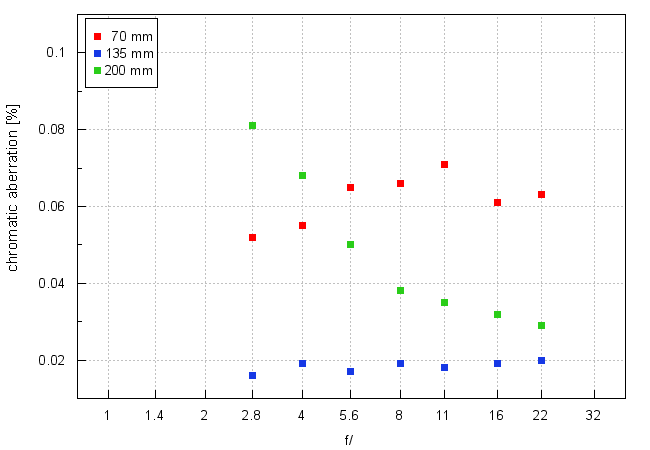
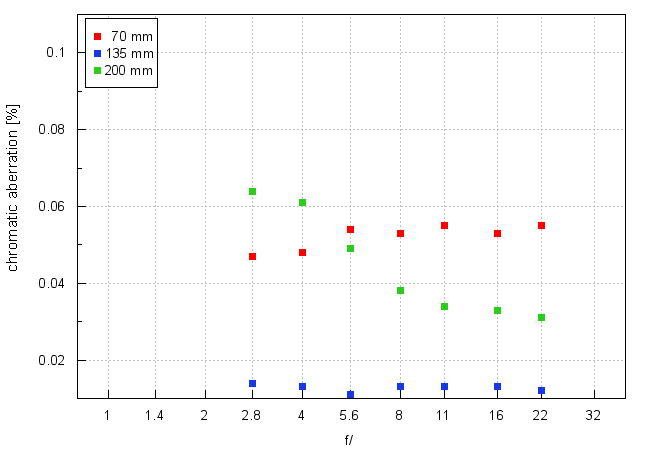
It is clear you won't experience any problems at the 135 mm focal length – no matter what aperture and what detector you employ, the results are unfailingly around 0.02% or less. Such low values means you won't be able to notice any traces of this aberration in real life photos.
In case of the 70 mm focal length the aberration depends weakly on aperture values and it keeps a range from 0.05 to 0.07%. Such levels we still consider to be low so also in this place there are no reasons to complain.
The maximum focal length depends the most on aperture you employ. In its case by f/2.8 the results are the highest, reaching 0.08% on the edge of the APS-C/DX sensor. Then they drop very swiftly, decreasing to near 0.03% on a significant stopping down. Still even near 0.08% you deal with just a borderline between low and average levels so you get no reason to complain or to worry.
To sum up: the tested Nikkor deals with both types of chromatic aberration exceedingly well – exactly as you would expect from a piece of equipment of this class.
| Z7, RAW, 135 mm, f/5.6 | Z7, RAW, 200 mm, f/2.8 |
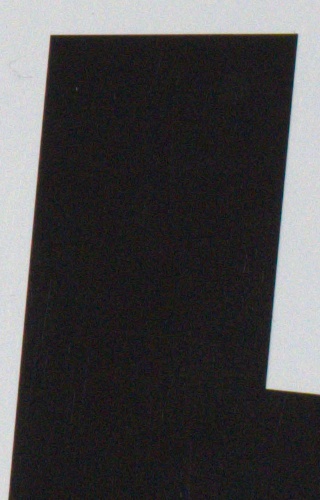
|
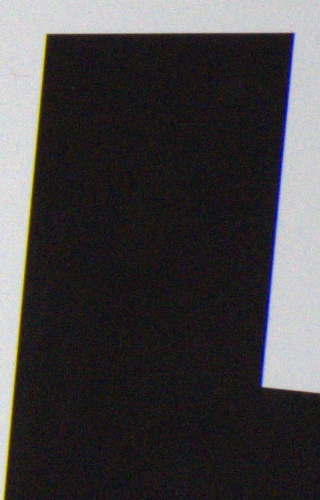
|
Spherical aberration
First photos, presented in this chapter, along with shots of defocused circles of light, show that spherical aberration is nothing you should worry about. Circles we produced before and behind the focal point don't feature any distinct differences, no matter what aperture is used. Also it would be really difficult to notice any 'focus shift' effect. There is one conclusion – the Nikkor Z 70-200 mm f/2.8 S constructors took proper care of spherical aberration correction.
| Nikon Z7, 135 mm, f/2.8, before | Nikon Z7, 135 mm, f/2.8, after |
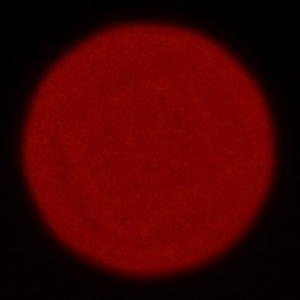
|
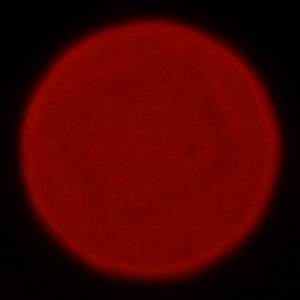
|
| Nikon Z7, 200 mm, f/2.8, before | Nikon Z7, 200 mm, f/2.8, after |
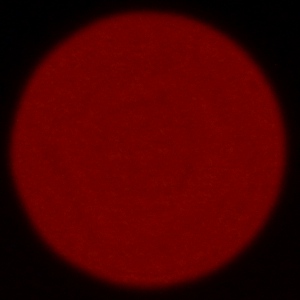
|
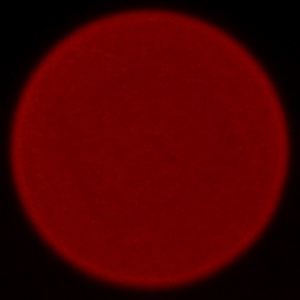
|






